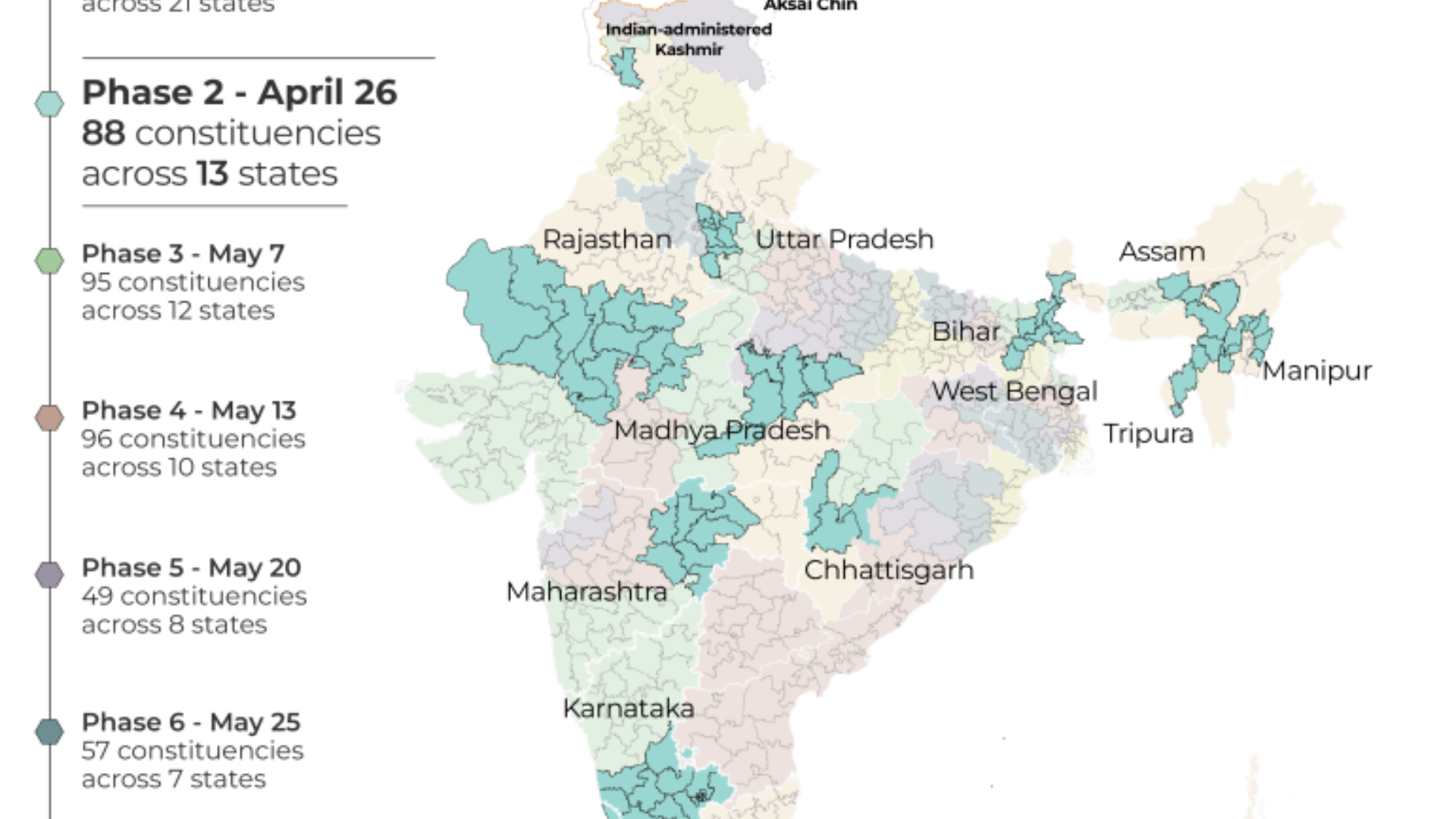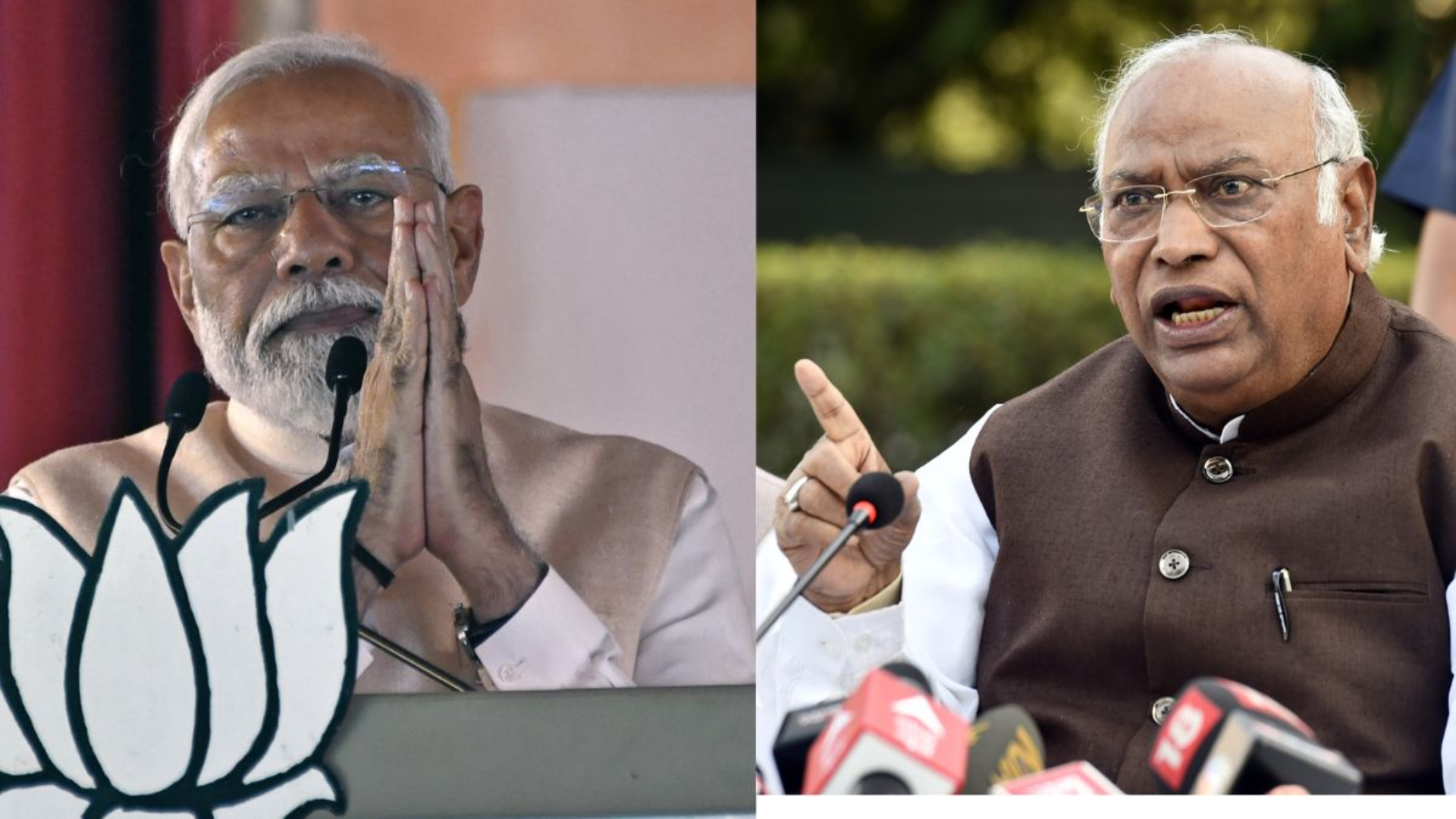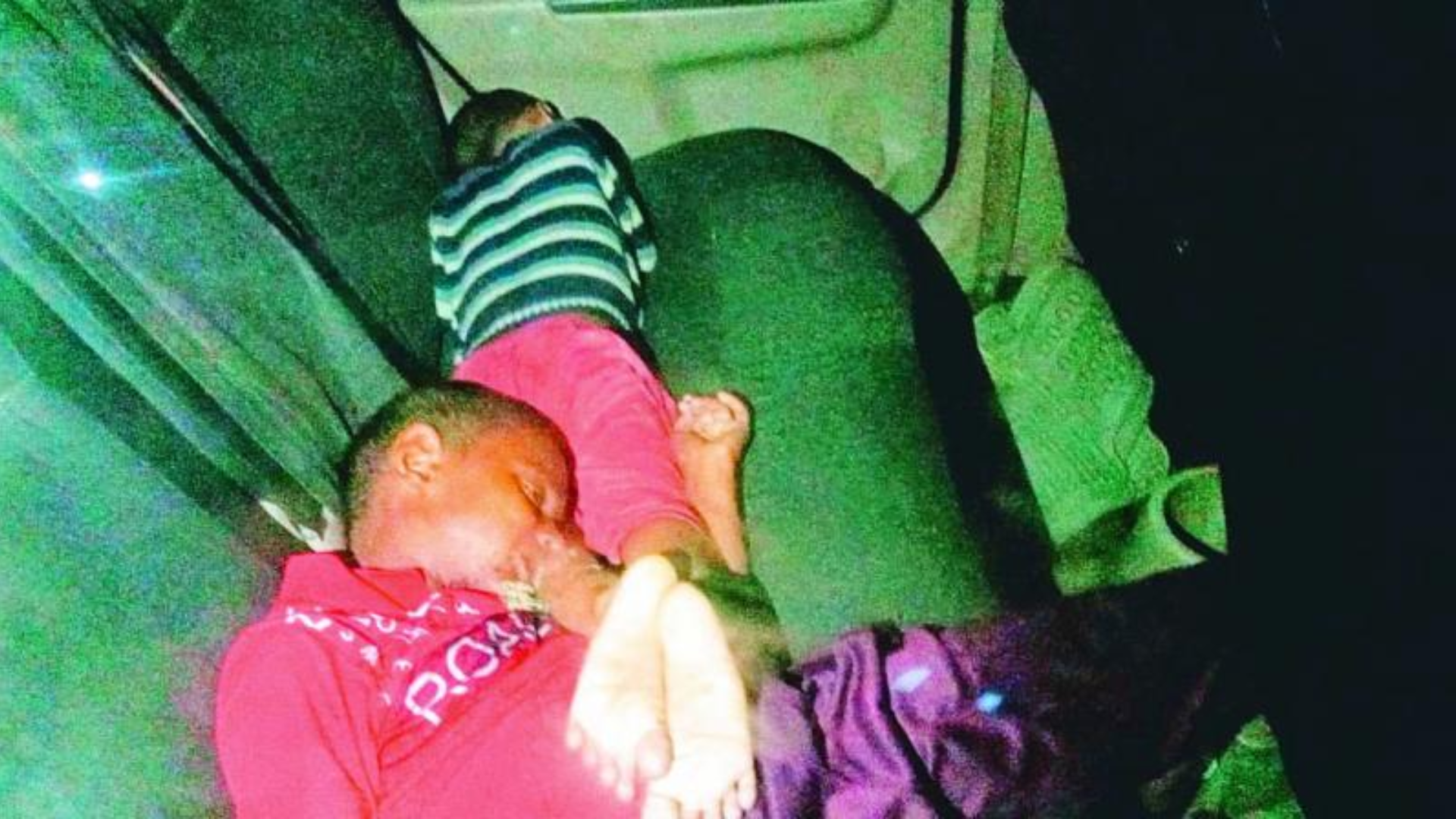



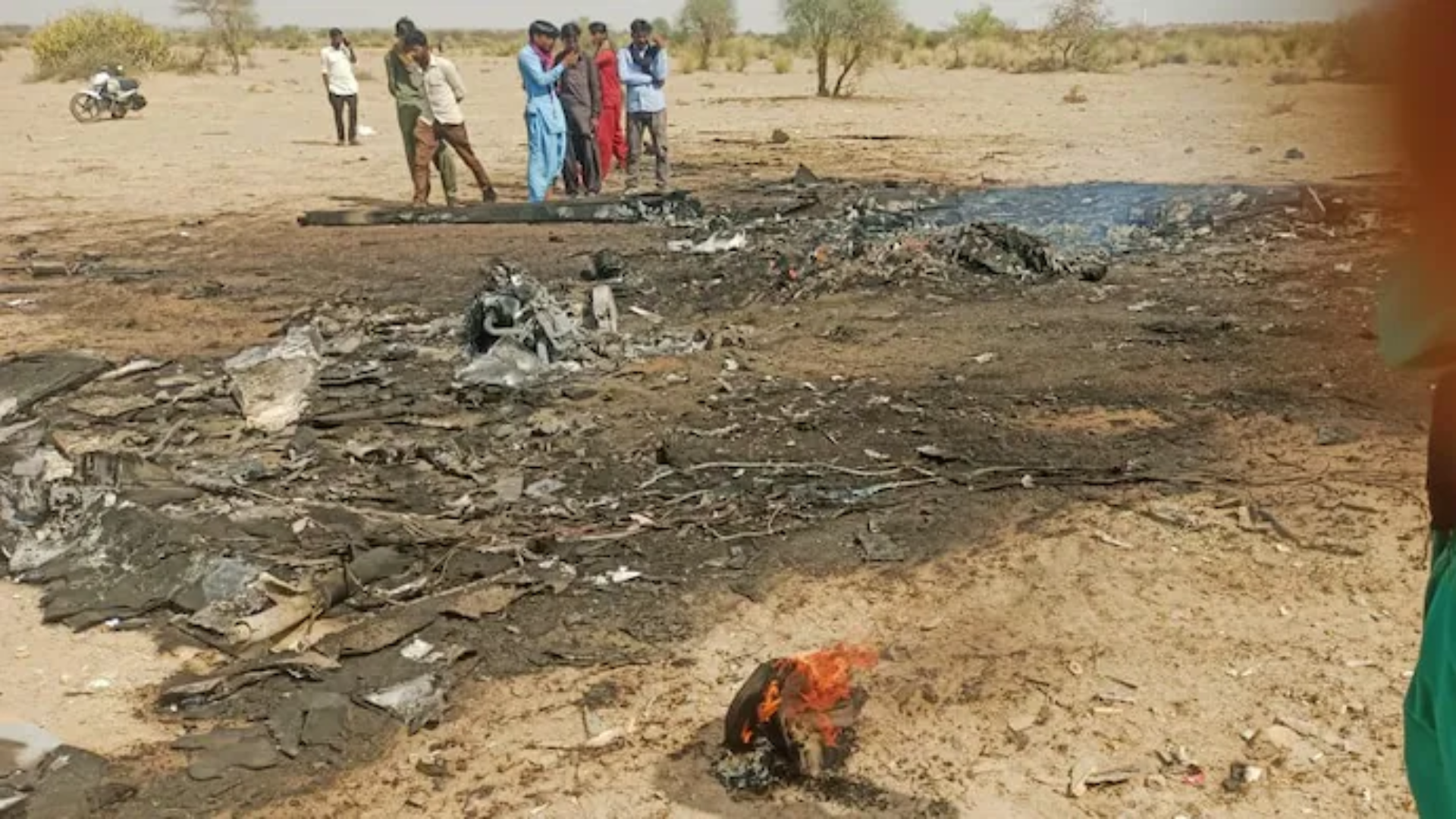

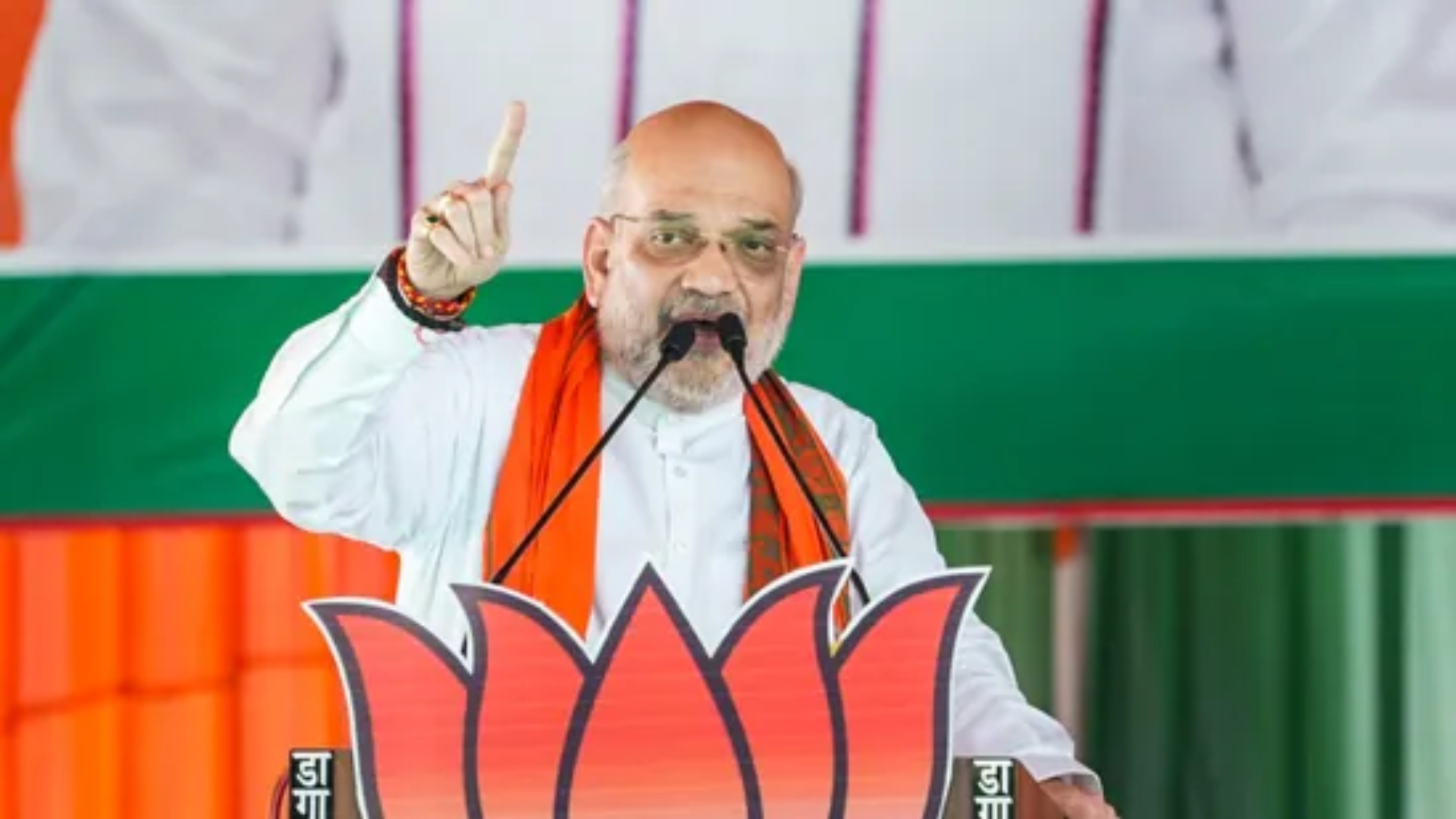
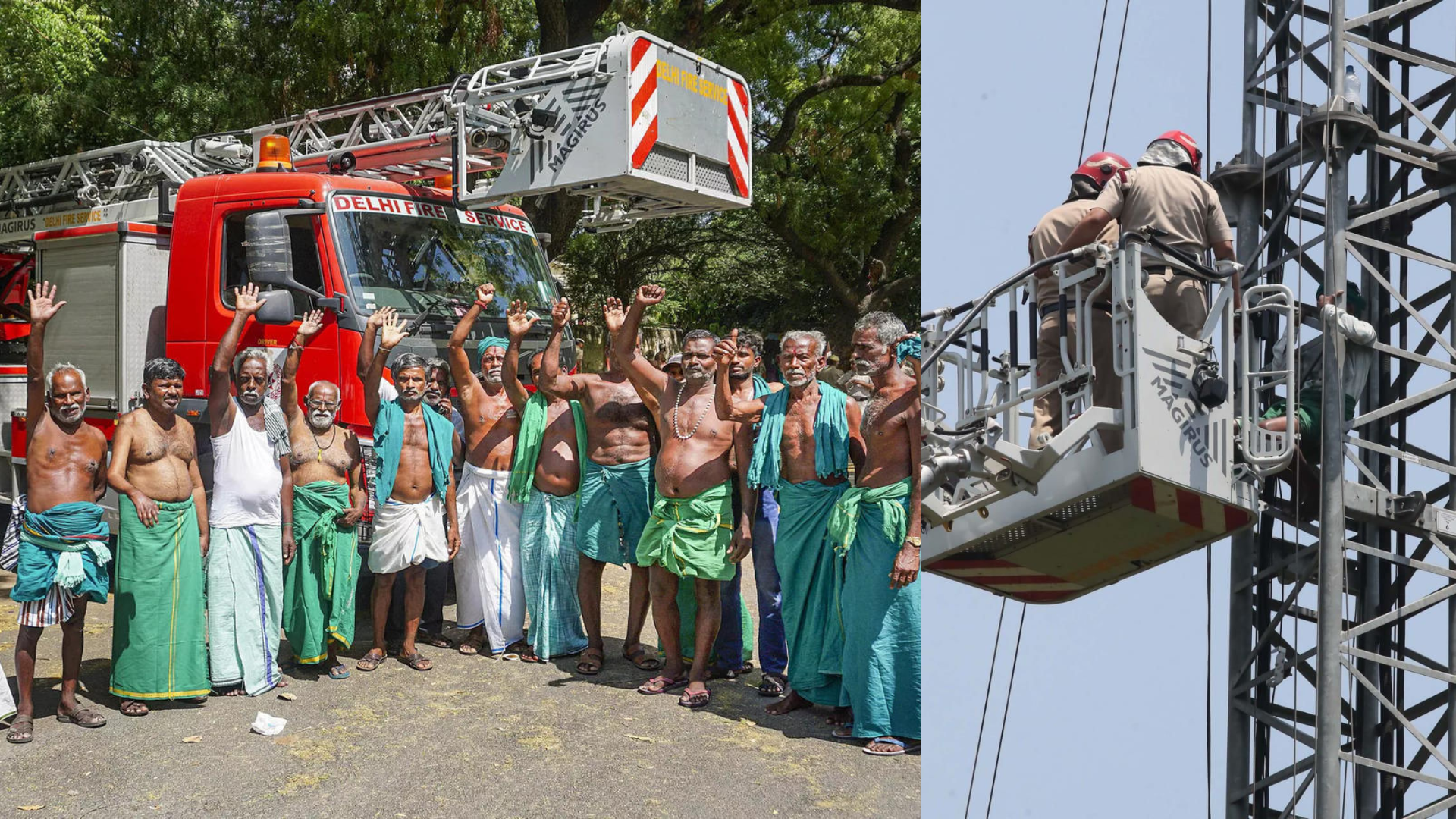

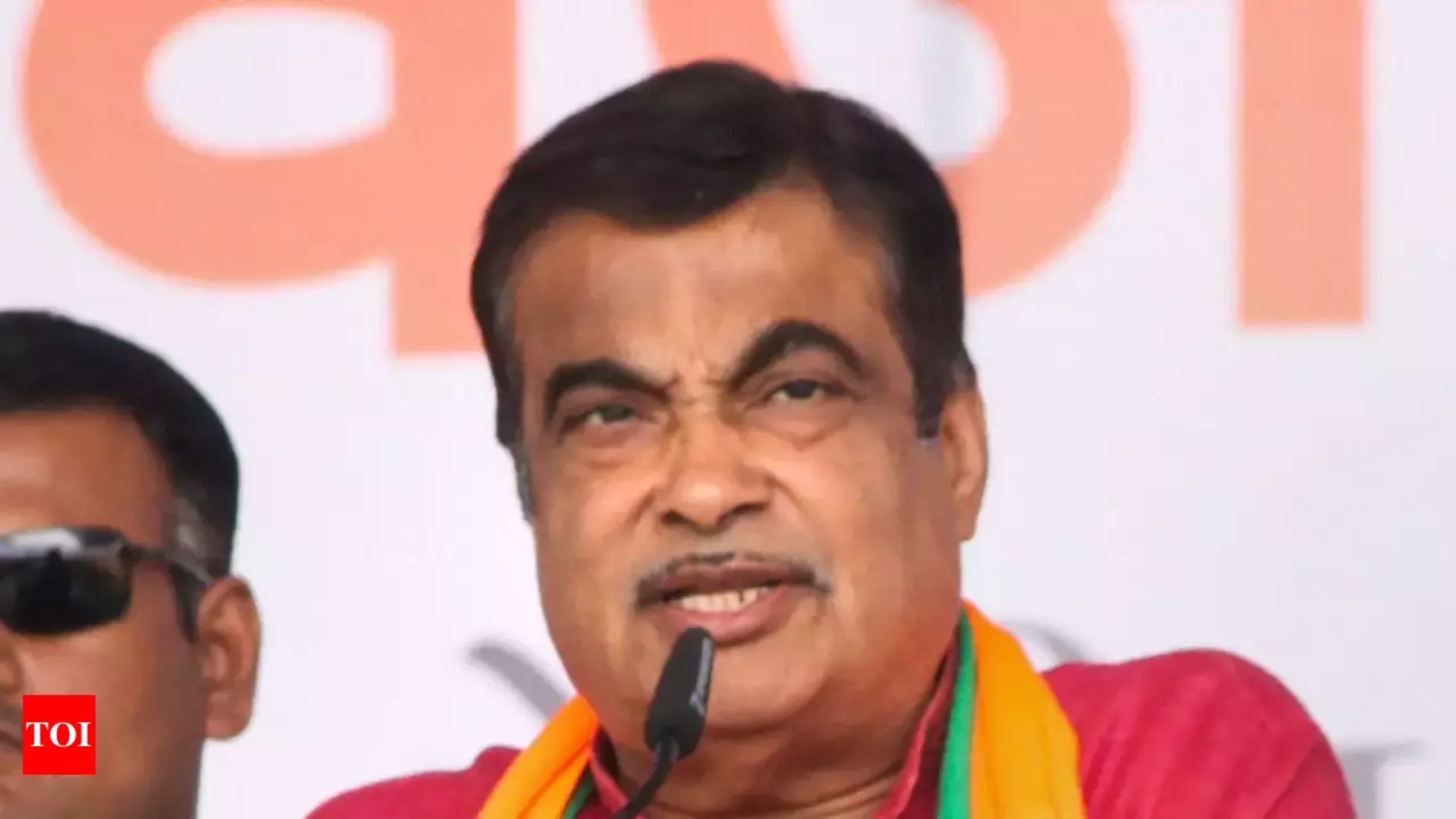
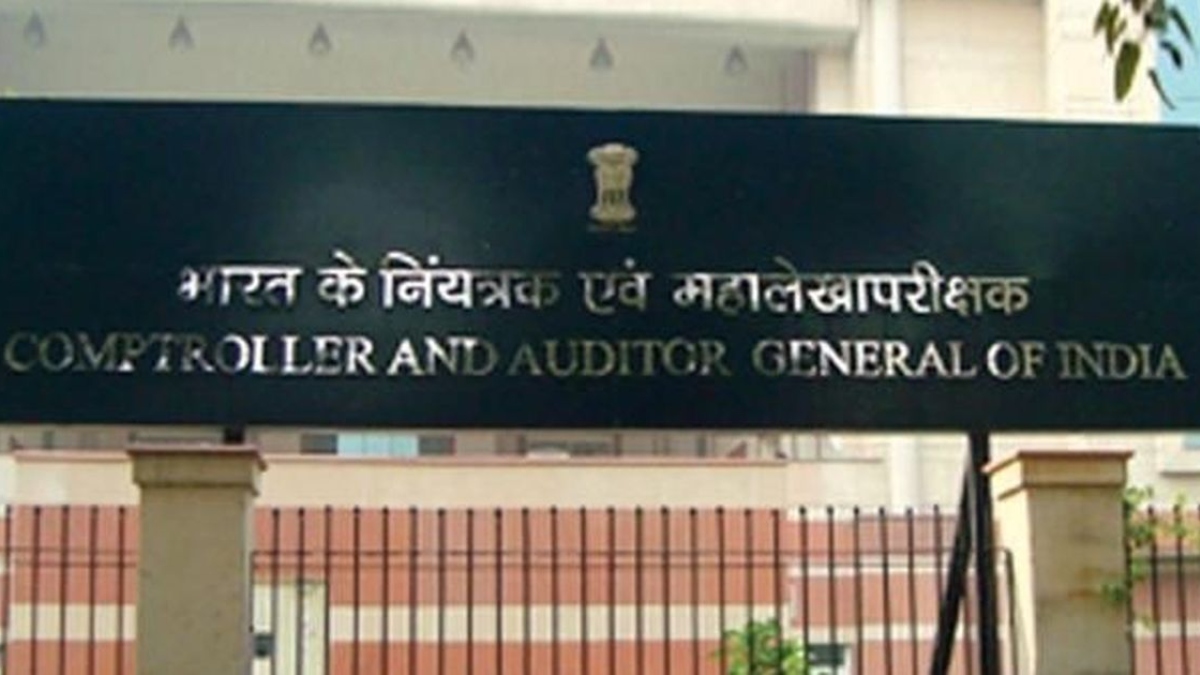
The audit reports of the Comptroller and Auditor General of India (CAG) on various states have recently been tabled before their respective Assemblies.
As per the reports, “To avoid sliding into a “debt trap,” the Gujarat state government should devise a “well-thought-out borrowing-repayment strategy”. The government would have to pay 61 percent of the entire debt in the following seven years, putting a burden on its resources.”
Meanwhile, Bihar reports stated that , “Three of the five district hospitals studied lacked 52-92 percent of the beds they needed, none of them had an operating room, and only one had an ICU. Four hospitals in encephalitis-prone areas lacked a Japanese Encephalitis testing facility.”
The Maharashtra government’s implementation of the centrally funded Rashtriya Uchchatar Shiksha Abhiyan (RUSA) has been plagued by delays and poor monitoring. The government could only spend Rs 283.07 crore out of total grants (central and state) of Rs 376.97 crore, leaving an unspent balance of Rs 93.90 crore.
In Kerala, net effect of an increase in revenue deficit (Rs 11,334.25 crore), a decrease in non-debt capital receipts (Rs 24.83 crore), an increase in capital expenditure (Rs 4,434.85 crore), and an increase in loan and advance disbursement increased the fiscal deficit by Rs 17,132.22 crore in 2020-21 over the previous year (Rs 1,338.29 crore).
According to the Odisha’s CAG report, the cost of unfinished irrigation projects has increased by 182 percent to 4,596 percent during the 1980s. So far, three of the seven audited projects have been completed. The overall cost was expected to be Rs 955.73 crore at the outset. The updated estimate is now Rs 19,103.63 crore, of which Rs 12,742.11 crore has already been spent. Despite the fact that the amount spent was 66.69 percent of the total revised cost, just 24 percent of the target area was covered. Irrigation projects have covered 1,22,418 hectares so far, compared to a targeted area of 5,02,842 hectares.
However, Bengal government revised the FRBM Act in March 2020 and February 2021 with relation to the targets for the six-year period from 2019-20 to 2024-25 prospectively. During 2016-21, the state’s fiscal metrics, as measured by revenue and fiscal deficits, were negative. During the years 2017 to 21, the state also suffered main deficits.
All these major findings are indicating for implementations to be looked upon in these states administration.

